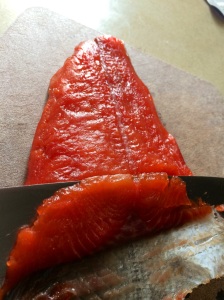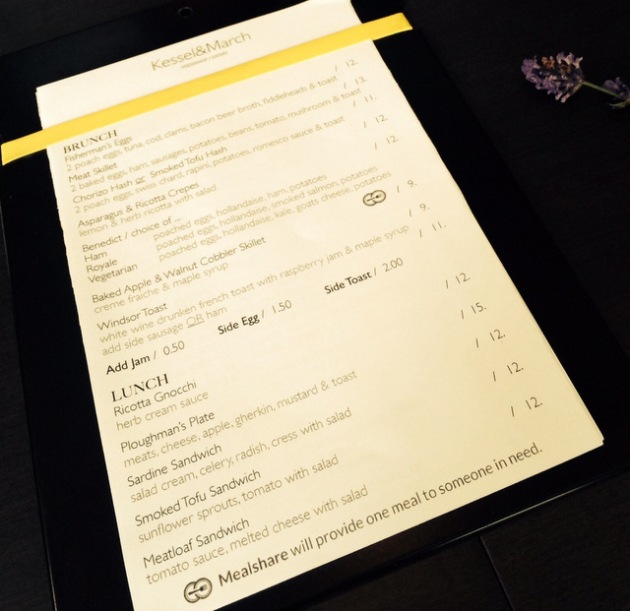Saag is a pretty ubiquitous dish in northern India and I’m sure you’ll run into multiple variations in Indian restaurants all over the world. I have tried countless recipes and almost without exception they have failed miserably. So I figured I’d make my own, and rather than using the usual paneer (milk cheese), I’d go full vegan and use tofu. Tried tested and true, this dish is a big hit with vegans and non-vegans alike.

Recipe: Saag Tofu
- Time required: 30 min prep and cooking plus 1 to 24 hours marinating
- Serves: 2 as a main dish, 4 as a side
- Style: Vegan, Indian

Ingredients:
- 1/2 Pkg. extra firm tofu drained and cut into 1-1.5 cm cubes and marinated
- 1 Pkg. Frozen chopped spinach, thawed and drained, or 1 large bundle of washed, stemmed and chopped fresh spinach (*see notes)
- 2-3 Tbsp Canola oil
- 1/4 tsp Fenugreek seeds
- 1/2 tsp Cumin Seeds
- 1-2 Pods cracked green cardamom
- 1 Med. Onion finely diced
- 2 cm Piece ginger root finely grated
- 2-3 Cloves garlic finely grated or minced
- 2 tsp Sambal Oelek (or to taste)
- 1 tsp Turmeric powder
- 2-3 tsp Cumin powder
- 2 tsp Amchur powder
- 1-2 tsp Fine sea salt
- 1/2 tsp Dried Chili powder
- 1 Sm. Tomato, diced or 1/4 cup drained canned diced tomatoes
- Fresh cracked black pepper (optional)
- 1 Tbsp Good quality margarine
Marinade:
- 2 tsp Sea salt
- 1-2 Tbs White vinegar
- 1 Tbsp Canola oil
- 1 tsp palm or white sugar (optional)
- 1/2 tsp Turmeric
- 1-3 tsp Cumin powder
- 1 tsp Coriander powder
- 2 cm Piece Ginger Root Grated
- 2 Cloves of Garlic grated
- 1/4 tsp Smoked Paprika powder (optional)

Directions:
- Combine all ingredients for marinade in a non reactive mixing bowl.
- Dice tofu, pat dry, place in a resealable plastic bag and pour in the marinade. Toss the tofu to coat in the marinade and seal, removing as much air as possible.
- Marinate the Tofu from 1-24 hours (at least an hour, but more is always better).
- After marinating remove the tofu and drain or gently wipe off the marinade with your fingers. Do not rinse.
- Heat the canola oil in a wok or frying pan over a medium-high heat. When hot add fenugreek, cumin seed and cardamom pods and stir until the funugreek starts to lightly brown–about 30 seconds. Do not burn.
- Add the tofu to the pan and fry until lightly browned, turning sparingly. Take the pan from the heat, remove the tofu and set aside.
- Returning the pan to the heat add a little more oil. When hot add the onions and saute until translucent.
- Add the garlic, sambal and ginger to the pan. Fry for two minutes stirring frequently to prevent the garlic from browning.
- Add the remaining dry spices and stir well. Cooking for one minute.
- Add the chopped/diced tomato and a little water. Cook until the tomatoes start to break down and combine with the onion adding additional water as necessary to prevent the ingredients from sticking to the pan. When cooked it should look a little like a thin sauce–not too wet or dry.
- Add the fried tofu and drained spinach to combine and heat through. Do not cook more than a few minutes as the spinach will rapidly lose its bright green colour.
- To make a slightly richer dish, add the margarine at this point.
- Season with a little extra salt if necessary and a few grinds of black pepper.
- Serve on its own over white basmati rice or as a bright side dish.


Notes:
- Technically speaking Saag is made from any edible tender greens, while Palak refers exclusively to spinach. The recipe above is spinach based but feel free to try it with any other tender greens (just blanch to soften if they are on the tougher side).
- If you use a microwave to defrost frozen spinach, do so near the end of the cooking process slightly before the time to add it to the dish. I’ve found that if you defrost it too early it will darken and lose its vibrant colour over time.
- You can use whole or creamed frozen spinach to make this dish as well. I’ve tried both and it just changes the appearance and texture a bit–still delish!
- It looks a little complicated but it’s quite easily managed. Prepare your marinade and tofu in the morning and it will be ready to go for dinner or lunch. When preparing the final dish, lay out the spices and other prepared ingredients in small bowls by adding times. It takes 15 minutes to prep and 15-20 to finish.








































